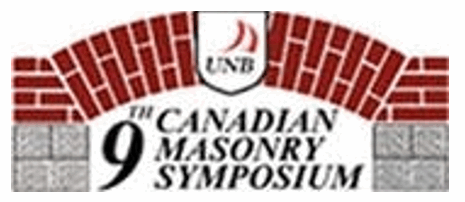Chester1, A. Nataatmadja2 and S. Fragomeni3
- Final year student, Griffith University. Email: matt_maree@hotmail.com
- Senior Lecturer, Grifith University. Email: a.nataatmadja@mailbox.gu.edu.au
- Senior Lecturer, Grifith University. Email: s. fragomeni@mailbox.gu.edu.au School of Engineering, Griffith University, Gold Coast, Queensland Australia
ABSTRACT
Fly-ash is produced in vast quantities as a by-product of the burning of fossil fuels for the thermal generation of electricity. At present 10-15% of the fly-ash produced in Australia is utilised in the manufacture of cement and in the concrete production industry, with the remaining majority requiring costly disposal. It is essential therefore that other cost effective methods of fly-ash utilisation are found. One area that is gaining considerable interest in many parts of the world is the utilisation of fly-ash in brick manufacture.
This paper presents the results of an extensive testing program that used Class F fly-ash as a major constituent in the production of lightweight building bricks. Scaled down, pressed bricks were made from varying proportions of fly-ash, sand, hydrated lime, sodium silicate and water. Bricks of three distinct fly-ash to sand ratios were used, namely 50/50, 70/30 and 90/10, with varying amounts of sodium silicate (5, 10, 15, 20% by mass) and a 5% hydrated lime content. Also two types of sand were used, silica sand and common sand. Thus resulting in twenty four different types of fly-ash brick.
The results suggest it is possible to produce lightweight fired bricks from fly-ash to satisfy engineering requirements. In particular, with proper proportioning, these bricks can produce compressive strengths and absorption characteristics comparable to those of clay bricks. The combination of 70/30 for fly-ash/common sand with 15% sodium silicate and 5% lime produced the best performing brick in terms of strength, mouldability and water absorption. Apart from exhibiting characteristics comparable to those of normal fired clay bricks, the fly-ash bricks produced a significant weight reduction of approximately 50% making them a viable alternative.
LTWT01



